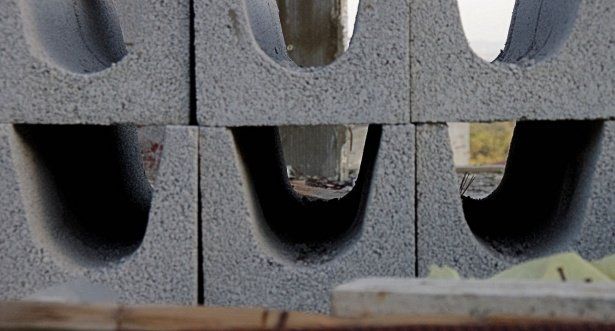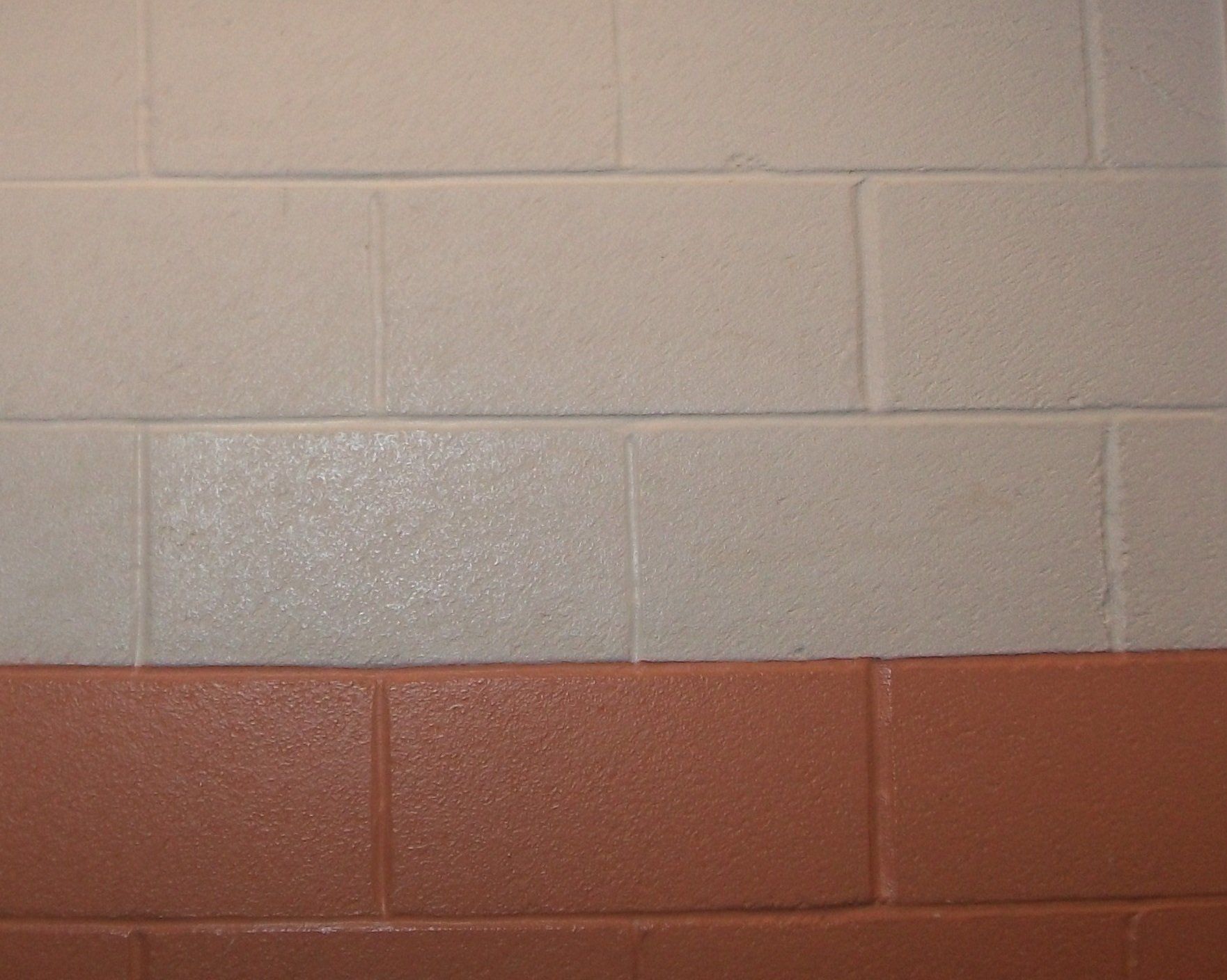How do you stop a cinder block wall from leaking and causing damage?
Cinder blocks are porous materials that are commonly used in our home’s foundation walls. Because of its structural properties, it does not come off as much of a surprise when they leak, especially when not properly installed. To understand why cinder blocks cause problems, we need to know what it is made of and what we can do to fix them.
What is a cinder block?
A Cinder Block is one of the most common Concrete Masonry Unit or CMU. It is a standard size block in rectangular form with open cells made out of a mixture of concrete, coal cinders, and cement. As a building material, it is often used when building foundations and basement walls.
Compared to another concrete masonry unit which is the concrete block, cinder blocks are significantly lighter and weaker in strength, though some construction projects require the use of a cinder block instead on their building codes. Many home owners also like to use cinder blocks in their structures as they are fireproof and also cheaper and easier to install.
How do you stop a cinder block from leaking?
There are two most effective ways of stopping a cinder block from leaking: excavation and waterproofing, and by the installation of an interior perimeter drainage system. These methods are used because they stop the water from being leaked into the blocks which is the main cause of damage to begin with.
1. Excavation and waterproofing
How it is done: This technique is usually done by excavating then applying a generous amount of waterproof coating on the exterior of the foundation walls so that the cinder block will not continue to absorb water.
It is best to do when: You don’t want to open a finished wall and would like to prolong the integrity of your foundation’s walls.
2. Installation of an interior perimeter drainage system
How it is done: This technique is usually done by installing a drain tile that allows you to manage the water seepage to drain into a constructed pipe system.
It is best to do when: You need a cheaper option to fix the leaking and if there is a high water table on your basement floor.
How can you tell if your cinder block foundation leaks? If so, why is it leaking?
Based on the common issues above, the highest probability of defects or damage to cinder blocks is due to water because of its moisture-absorbing nature. This property can be detrimental especially in places with long periods of rain and snow. This can cause water to seep in the structure causing it to leak.
The good news is that a leak can be easily observed. If you inspect your structure and see water and moisture stains, it is unmistakably because there is a leak in your cinder block wall.
Cinder block shapes and sizes
One of the properties of a cinder block is it is easily customizable according to the home owner’s needs and preferences. The shape of a cinder block will vary on what it will be used for. These are the most common types:
- Standard Gray Cinder Blocks
This is the standard form of cinder blocks commonly used for their affordability, durability, and fire resistance qualities. The common size of a standard gray is 8-in x 8-in x 16-in.
- Concrete Deck Block
This is the mainly used cinder block shape for deck construction because of its cheap price. The common size of a concrete deck block is 7-in x 11-in x 11-in.
- Cap Concrete Block
It is a variation of a standard gray cinder block that is often used for small garden or patio steps and as a block under structures that are not that heavy. It is also used for covering a cinder block wall. The common size of a cap concrete block is 4 in. 8 in. X 16 in.
- Standard Core Block
These are core-filled blocks known for their use in the construction of bigger structures that need sturdier, reinforced, load-bearing walls such as schools, hospitals, and other infrastructures. The common size of a standard core block is 12 in. X 8 in. X 16 in.
Common issues with using cinder blocks
When using a cinder block as a building material for your home, you need to be aware of the most common problems they exhibit in the long run, such as:
1. Cracks and spalling
The most common problem of a cinder block structure is the high possibility of cracking and spalling due to its water-permeable structure.
2. Efflorescence
Efflorescence is a white, powdery substance that will cover your walls if they are often exposed to moisture and dampness along with other salt material.
3. Stains
Another problem due to moisture and other causes such as build up dirt.
Should I waterproof it myself or hire it out?
As a homeowner, you may be torn in the decision of trying to do the waterproofing yourself to save the money or hiring a waterproofing contractor that may be quite expensive.
Though it might be tempting to watch a Do-it-yourself tutorial on how to waterproof walls on YouTube, we would recommend that you seek out the help of a professional water proofer. Hiring an expert to get the work done will save you the effort, time, and even the money needed to do it yourself, while also keeping the risks the procedure will be to your home to a minimum.



